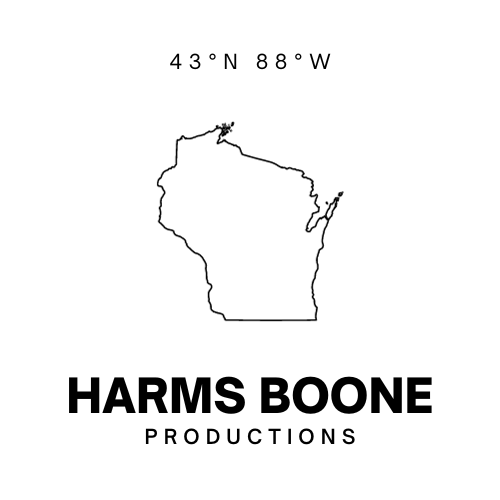I recently read first in a series of posts by The NY Times Crossword writers about how to make a crossword. It kicks off the series covering the most important part of a crossword: the theme. I was inspired enough by it to try my hand at creating my own crossword.
I’m calling it Battle of the Bands and I’m mostly pleased with it. If you’d like, download it and try to solve it!
There are spoilers below for the crossword so if you want to solve it first stop reading now!
The theme
As the article says, the key to a theme is finding matched length pairs of clues that relate to each other in a common theme way. Iteration is a good strategy for theming a puzzle. For example, mine started with “punk bands from Minnesota” as the theme. I thought HUSKERDU (8) would make a good anchor clue. I started writing down different band names in that format: DILLINGERFOUR (14) HOLDSTEADY (10) REPLACEMENTS (12) LIFTERPULLER (12) SOULASYLUM (10) SUBURBS (7) but couldn’t come up with any other (notable) bands with 8 letter names. I briefly considered LFTRPLLR but thought he lack of vowels could be a problem.
So I expanded the theme to become “punk bands from DC and Minnesota,” which expanded the field a bit with possibles like BADBRAINS (9) MINORTHREAT (11) FUGAZI (6) BLACKFLAG (9) STATEOFALERT (12) ROLLINSBAND (11). It’s worth mentioning there are still no 8 letter names in there so I had to jettison the Hüskers.
Ultimately, I found myself with two 9 letter clues and two 10 letter clues. They also happened to match each other in terms of where they’re from: BADBRAINS and BLACKFLAG (9) and HOLDSTEADY and SOULASYLUM (10).
Arrangement
The puzzlemasters Tausig and Vigeland gave a few hard rules about how puzzles should be arranged but not enough that I had any real idea of what I was doing was correct — I’ll have to wait for part 2, I suppose.
One thing I learned from the post was that symmetry is one of a few hard rules of crossword construction. This turns out to be a useful rule that creates the blockiness of a typical crossword puzzle. I grabbed some graph paper and positioned the two longer answers in the middle of puzzle and the shorter ones toward the top and bottom. Suddenly I had a few distinct regions in the puzzle and I could start cramming it with full words.
Filling
Finding fill words was as hard as figuring them out in a published crossword. Harder even, it was also the part I had no idea about. I didn’t have much of a strategy beyond looking up different patterns on onelook.com. I’m hoping subsequent posts in the series will have some more advice about how to determine how much black space is too much, how to decide whether “cosswordese” or foreign words are appropriate, and other puzzle construction tips.
Anyway, here it is, the first crossword puzzle. It’s got it’s faults but I think it turned out alright for a pilot! Let me know if you solve it and have any advice!
